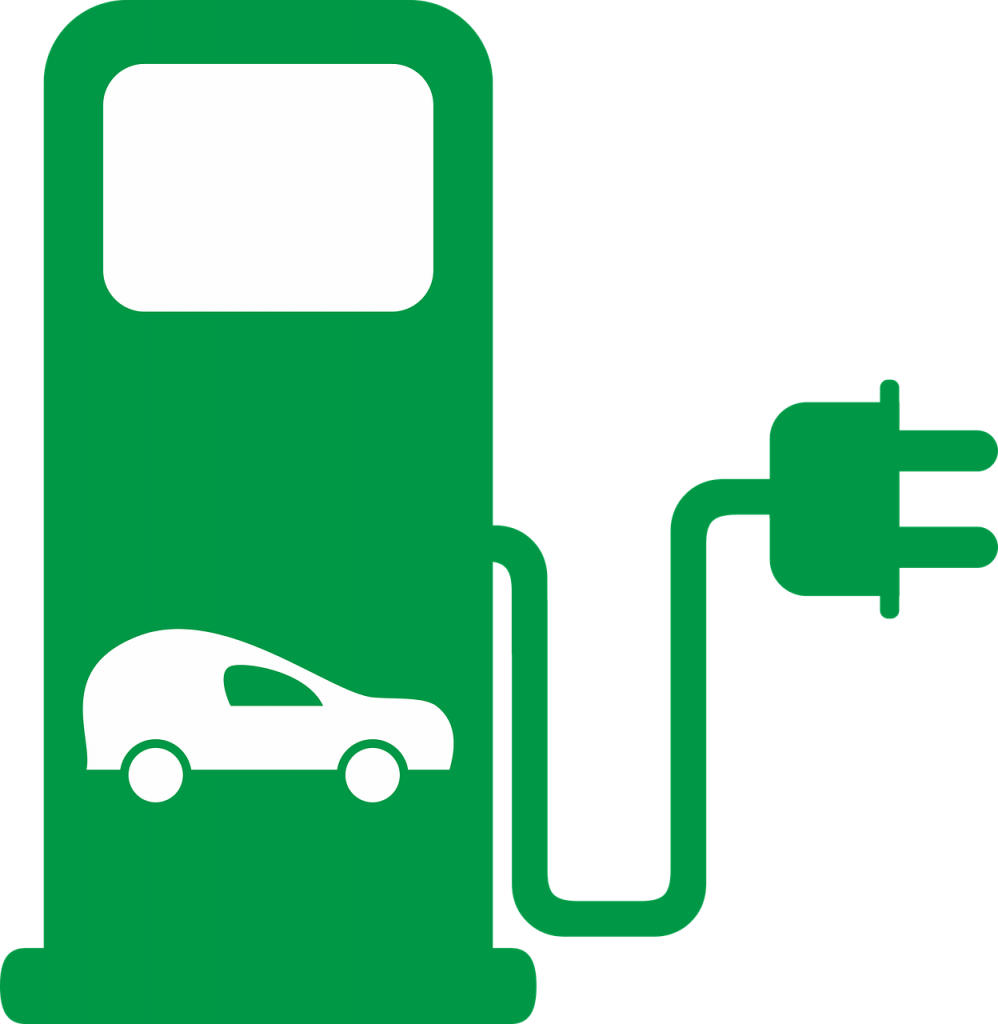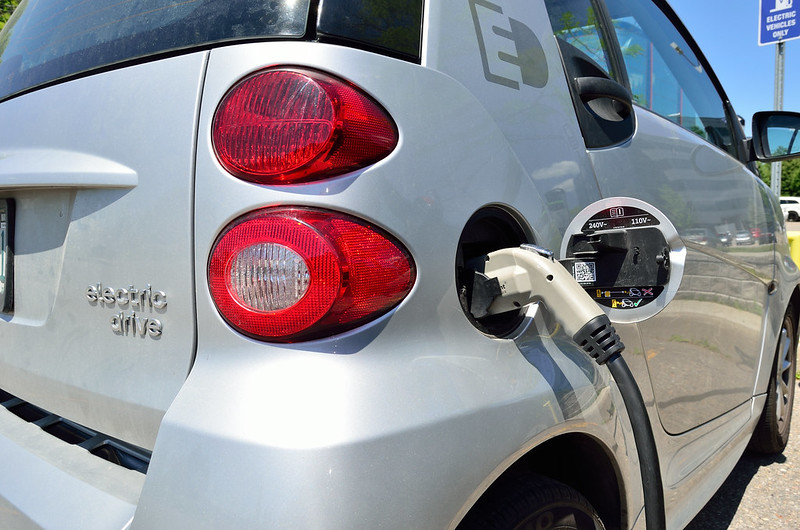Today, tomorrow, five years from now, twenty years from now.

That’s about as accurate as any projection for when we will see an all-electric fleet. At the moment, only one in 250 cars on the road is electric. Battery electric cars comprise just 2.1% of new global auto sales -about 2 million passenger vehicles.
If you are working out any sort of long-term plan for your dealerships, electric vehicles should be part of your equation.
Regardless of your preparedness, car companies are moving ahead with E.V. production. Huge investments in electrification have already been announced by all manufacturers. Volkswagen has committed $50 billion, Daimler placed a $23 billion order for E.V. batteries, G.M. and Ford are restructuring their business around electric cars. Like it or not, automakers are preparing for an electric future today, and so should you.
And yet, dealerships are steadfast in their resistance to this change. Who’s job is it to take a dealership that has sold gas vehicles for generations and switch it over to electric? Is it your fault that automakers are banking on an all-electric future?
The Europeans are offering to help the new car dealers, Domestics, not so much.
The head of Volkswagen Group of America Inc., Scott Keogh, offered to cover half the costs of getting their dealership facilities ready for electric cars at NADA last month by providing fifty cents on the dollar for any electric vehicle improvements among its dealers. This incentive includes building charging stations, training technicians, and inventory changes. It was a unique value proposition because, for the first time, an automaker offered some skin in the game towards the success of their E.V. program and future.

Most automakers, including General Motors Co. and Ford Motor Co., regularly advertise that they are fully committed to an electric future. Still, they stick it to the dealers, leaving them to pay for upgrades that can amount to tens of thousands of dollars. This mismatch will ultimately stifle sales of E.V.’s in the U.S.
And where does that leave independent used car dealers?
As we move towards the all-electric future, investments will need to be made in charging stations, specialized tools, and training for repair and reconditioning staff. You may have difficulty finding reconditioning vendors who can handle the needs of Electric Vehicles. Your dealership will need to get comfortable with servicing a vehicle whose battery and design are nothing like the vehicles they are selling now. Can your techs swap out an electric vehicle battery currently? What will you need in terms of training and equipment to make this happen?
The debate right now is whether new car dealers will need to fund their own investments in the electric vehicle. But unless you are part of a new car dealership, you will be left having to make these investments yourself.
The success of Electric Vehicle sales “hinges on this partnership between manufacturers and dealers,” said Rachelle Petusky, a research manager at Cox Automotive.
Last year, Petusky co-wrote a survey of more than 300 U.S. auto dealers and their relationship to E.V.s. It found that only 9% of dealers thought their parent auto company was pressuring them to reach E.V. sales targets.
Are your salespeople ready to sell used Electric vehicles?
The Sierra Club did a survey of 900 U.S. auto dealerships. It found that less than 25% of them actually sold E.V.s, and those that did often did little to highlight or promote them.
Additionally, salespeople were uninformed on crucial selling points such as sales rebates available and where to find charging stations.

The study found that ten percent of the dealerships selling Electric vehicles, the cars weren’t even charged and were unable to be driven. In other dealerships, the E.V.’s were shoved so far in the back of the lot that they took a long time to move the cars in order to retrieve them.
The demand is not there yet for electric vehicles. But that could change rapidly if the sales of these vehicles take off. In that case, you have one to two years to begin your preparation to handle the sales and service of used E.V.’s. Why not start preparing today for the inevitability of tomorrow?
